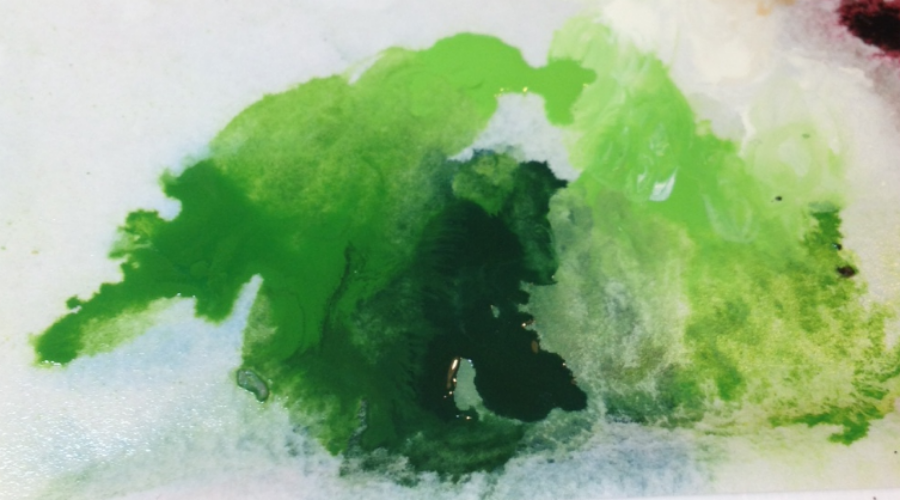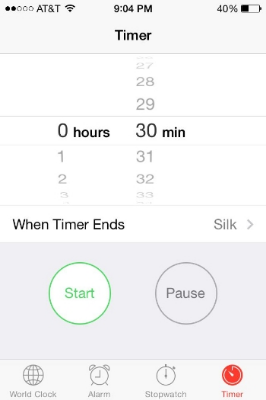Happy Miniature Monday! As you may know, last week I invited a fellow miniature painter to join me in a Speed Paint Challenge. I cataloged each step of the process so I could share it here! First, my painting setup:
Clean brush & mounted mini? Check. Chilean wine? Check. Wet palette & water cup? Check. I'm ready to go! (Though I don't recommend placing your beverage of choice too so close to your paint water... for obvious reasons).
The Color Palette
Color Limit: 6 Earth Tones, 2 Neutrals [+1 Metallic if needed]. My choices from the Reaper paint line:
- Neutrals: Linen White, Brown Liner
- Greens: Pale Green, Viper Green, Pine Green
- Browns: Muddy Brown, Golden Shadow, Golden Highlight
In retrospect, I could have chosen a wider color palette. However, I kept the green shades close together in order to make mixing easier and therefore streamline the layering process on the cloak.
Time Limit: 4 hours
I chose to paint in 30 minute increments over the course of two nights. To make sure I didn't lose track of time, I'd set a timer on my phone. When the alarm went off, I would put my brush down & take a short break. In that time, I'd decide what to paint next & make sure I was still managing my time wisely-- a great habit I'm trying to create for myself.
Step-by-Step Front








Step-by-Step Back





The Results
The staff was a happy accident. Since Bones are made of plastic, sometimes they get warped and bent. It's an easy fix to soak them in hot water and reposition them while they cool. However, I figured I'd work with the bent staff as-is and paint it as if it were a living, magical vine. I'm also happy with how his eyes turned out-- I painted just enough detail where he has delineated green irises but no pupils.
As I neared the end of the last timed segments, I focused on small highlights and minor details. With two minutes left, I realized I had entirely forgotten to paint his base-- whoops! I was only able to put a thin base coat down before the timer went off. Once it dried, I refrained from going back to paint another layer. I stayed true to the time limit. It was a good lesson to learn-- that's what makes it a fun challenge!









